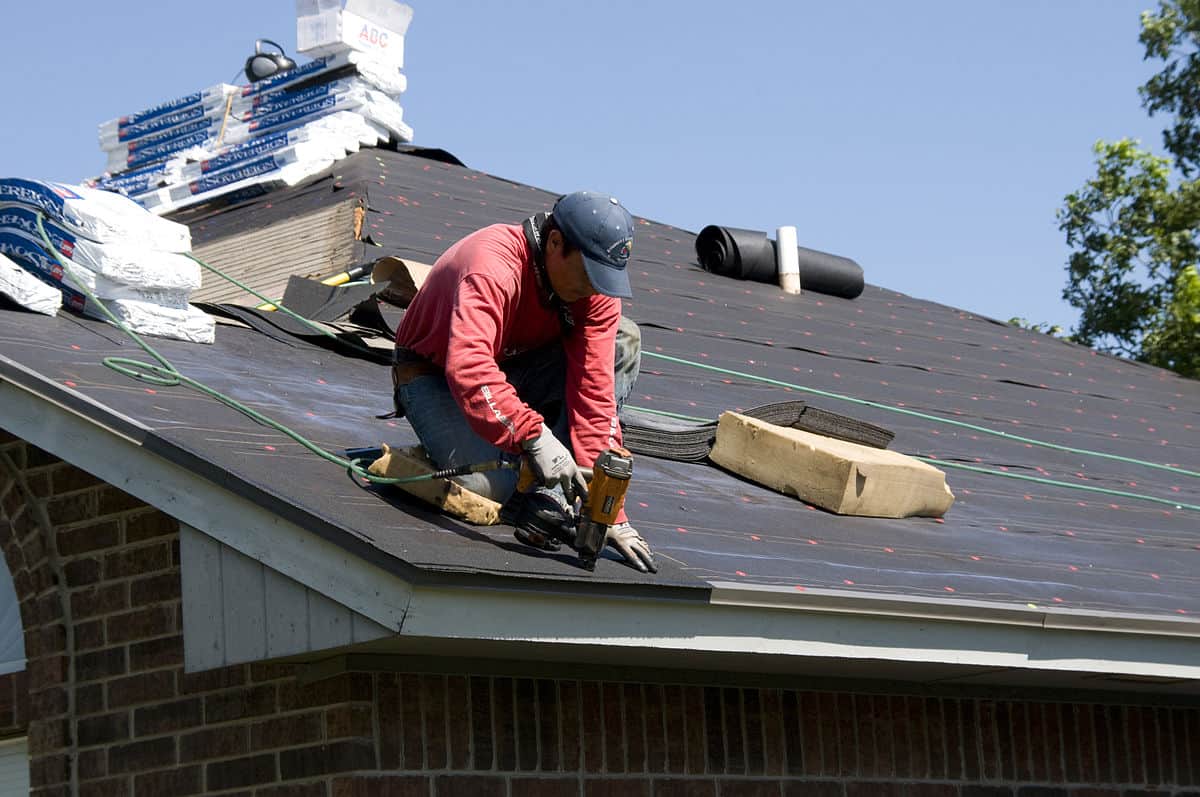Essential Questions to Ask Gainesville Roofing Companies Prior To Hiring
Essential Questions to Ask Gainesville Roofing Companies Prior To Hiring
Blog Article
Finest Practices for Ensuring Appropriate Roofing Air Flow
Making certain appropriate roofing air flow is vital for the longevity and performance of a roof. A balanced consumption and exhaust vent proportion, typically 1:300, plays a pivotal duty, with intake vents ideally placed at the lower edge of the roof covering for great air entry and exhaust vents at the height for warm air departure. Routine inspections to determine clogs and maintain clear air movement are paramount. Additionally, maintaining insulation away from vents is important to avoid air flow limitation. Comprehending these fundamental components sets the stage for more detailed insights right into setup and upkeep practices that can significantly improve your roof's performance.
Understand Ventilation Fundamentals
Effectively understanding air flow essentials is crucial for making certain the longevity and efficiency of roof covering systems. Efficient ventilation alleviates wetness build-up and temperature level extremes in the attic room, both of which can cause substantial architectural damages in time. A well-ventilated roofing system assists in preventing usual concerns such as mold and mildew growth, wood rot, and ice dams, which can compromise the stability of the roofing materials and the underlying structures.
The key objective of air flow is to help with the movement of air, permitting a constant exchange between the exterior and indoor environments. This balance is accomplished with a combination of consumption and exhaust vents that collaborate to keep optimum airflow. Consumption vents, generally situated along the soffits or eaves, enable fresh air to enter the attic space, while exhaust vents, frequently situated at or near the roof covering ridge, allow hot, moist air to get away.
Secret factors affecting the efficiency of roof air flow include appropriate placement, ample sizing, and guaranteeing that both intake and exhaust vents are unhampered. Regular evaluation and maintenance are essential to determine potential clogs, damages, or inefficiencies in the air flow system, thus securing the roof covering's performance and resilience.
Types of Roof Vents
Roofing vents play an essential role in preserving reliable attic ventilation and, by extension, the general health of the roofing system. Various types of roof vents are readily available, each with unique benefits customized to particular roof requirements.

Soffit vents are set up under the eaves and work in tandem with roofing vents to ensure a balanced consumption and exhaust system. By allowing cooler air to enter from below, soffit vents help with the expulsion of hot air with top vents. Gable vents, located on the outside wall surfaces of the attic room, offer one more reliable solution, specifically in homes with saddleback roofs.
Evaluate Your Existing Air Flow

Following, consider the age and problem of your roof covering materials and air flow elements. Older systems might not adhere to existing building ordinance or might have degraded over time, minimizing their performance. Conduct an extensive exam to recognize any click to find out more kind of indications of damage, such as corrosion, damages, or gaps that might jeopardize the system's efficiency.
In addition, measure the attic temperature and humidity levels. High temperatures and moisture can suggest insufficient ventilation.
Installment Best Practices
Efficient setup of roof covering ventilation systems is extremely important for guaranteeing ideal performance and durability. Appropriate installment starts with recognizing the specific ventilation needs of the roofing system and the structure it covers. This involves computing the proper proportion of consumption to tire vents, commonly adhering to the 1:300 regulation, which stipulates one square foot of air flow for every 300 square feet of attic room flooring area.

The placement of vents is just as vital. Consumption vents ought to be installed at the roof covering's lower edge, typically in the soffits, to permit amazing air to get in. Exhaust vents, on the various other hand, need to be installed near or at the roofing's peak to facilitate the departure of cozy, wet air. This develops a natural air flow that aids maintain temperature and wetness equilibrium within the attic room room.
Seal all air vent links diligently to prevent air leaks and potential water infiltration. Use top notch products and adhere to supplier guidelines to make sure resilience and performance. Additionally, integrating ridge vents with baffles can considerably boost airflow efficiency by avoiding wind-driven rain and snow from getting in the attic room.
Inevitably, exact setup of roofing air flow systems minimizes possible issues such as mold growth, ice dams, and structural damage, making certain the roof's stability and the building's overall health.
Regular Upkeep Tips
Consistency in upkeep techniques is fundamental to ensuring the lasting effectiveness of roofing air flow systems. During these evaluations, make sure that vents are totally free of particles, nests, and various other obstructions that could hamper air flow.
Make use of a soft brush or a vacuum to eliminate dust and particles from consumption and exhaust vents. Be careful not to harm the air vent displays or louvers during the process.
Correct insulation is equally essential. Make certain that attic room insulation does not block the vents, as this can drastically restrict air flow. If any insulation has moved or settled, rearrange or change it to keep an effective obstacle.
Lastly, replace any harmed or missing you can try this out out on parts immediately. Broken vents, broken tiles, or worn-out blinking can all add to poor air flow and must be resolved right away. Regular maintenance makes sure that the roof ventilation system operates efficiently, thus prolonging the life expectancy of the roof covering itself.
Conclusion
Making certain correct roofing air flow is paramount for preserving the effectiveness and durability of a roof system. Adherence to the 1:300 consumption and exhaust vent proportion, coupled with the calculated positioning of vents, is important.
A balanced intake and exhaust air vent ratio, commonly 1:300, plays an essential duty, with consumption vents ideally positioned at the reduced edge of address the roofing system for great air entry and exhaust vents at the height for cozy air leave. Consumption vents, generally situated along the soffits or eaves, enable fresh air to go into the attic room area, while exhaust vents, usually located at or near the roof covering ridge, make it possible for hot, humid air to get away.
Soffit vents are mounted under the eaves and work in tandem with roof vents to guarantee a balanced consumption and exhaust system. By enabling cooler air to go into from below, soffit vents promote the expulsion of warm air through top vents. Adherence to the 1:300 consumption and exhaust vent proportion, paired with the tactical placement of vents, is important.
Report this page